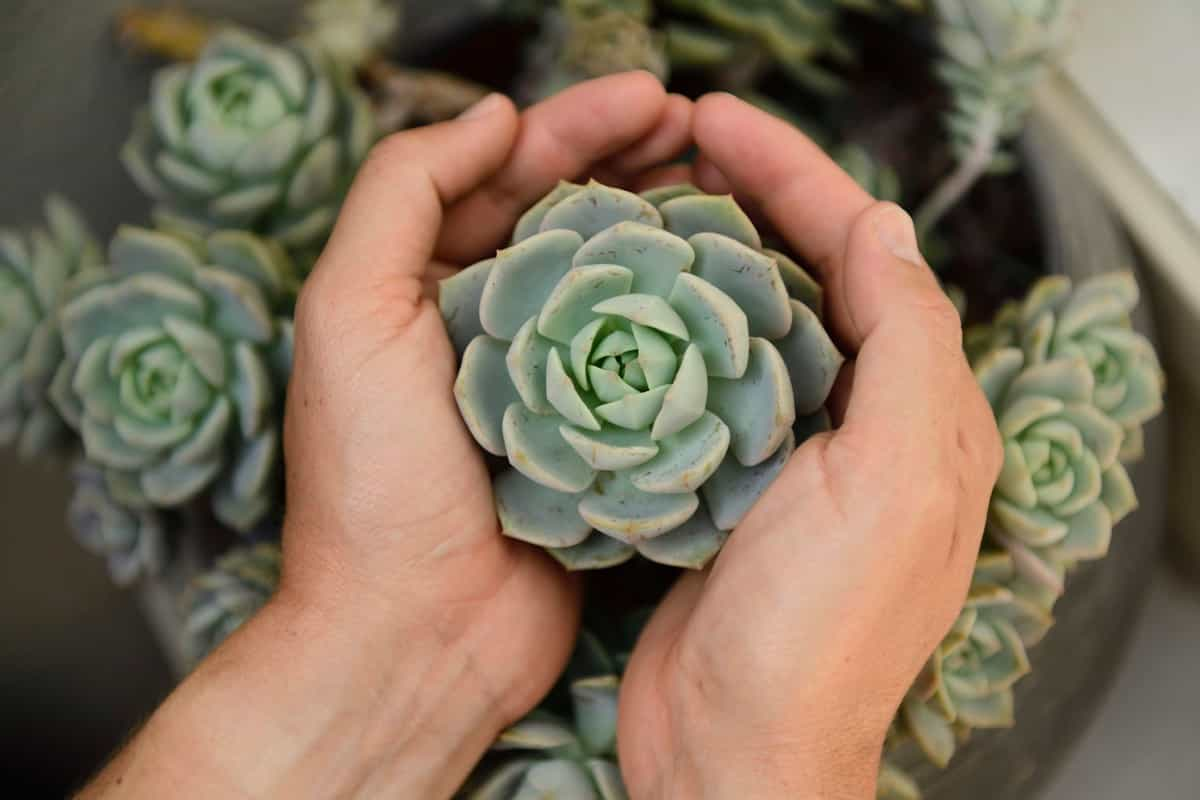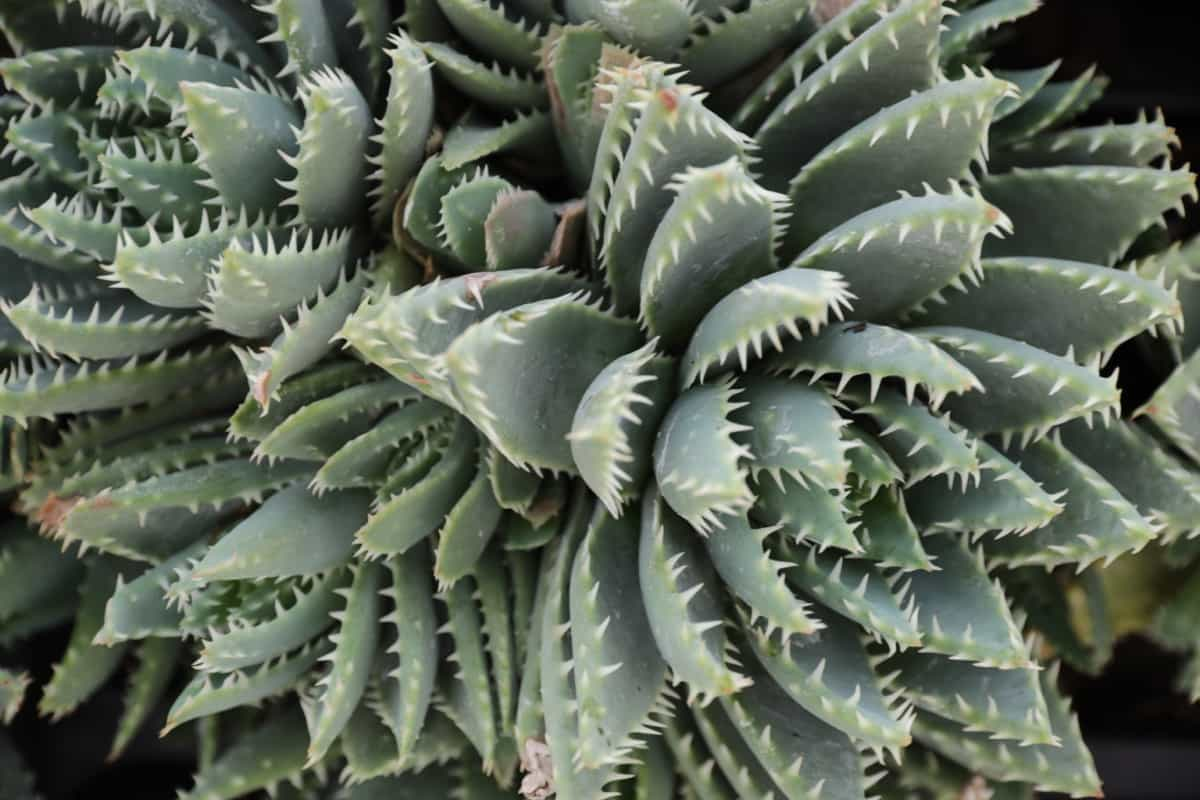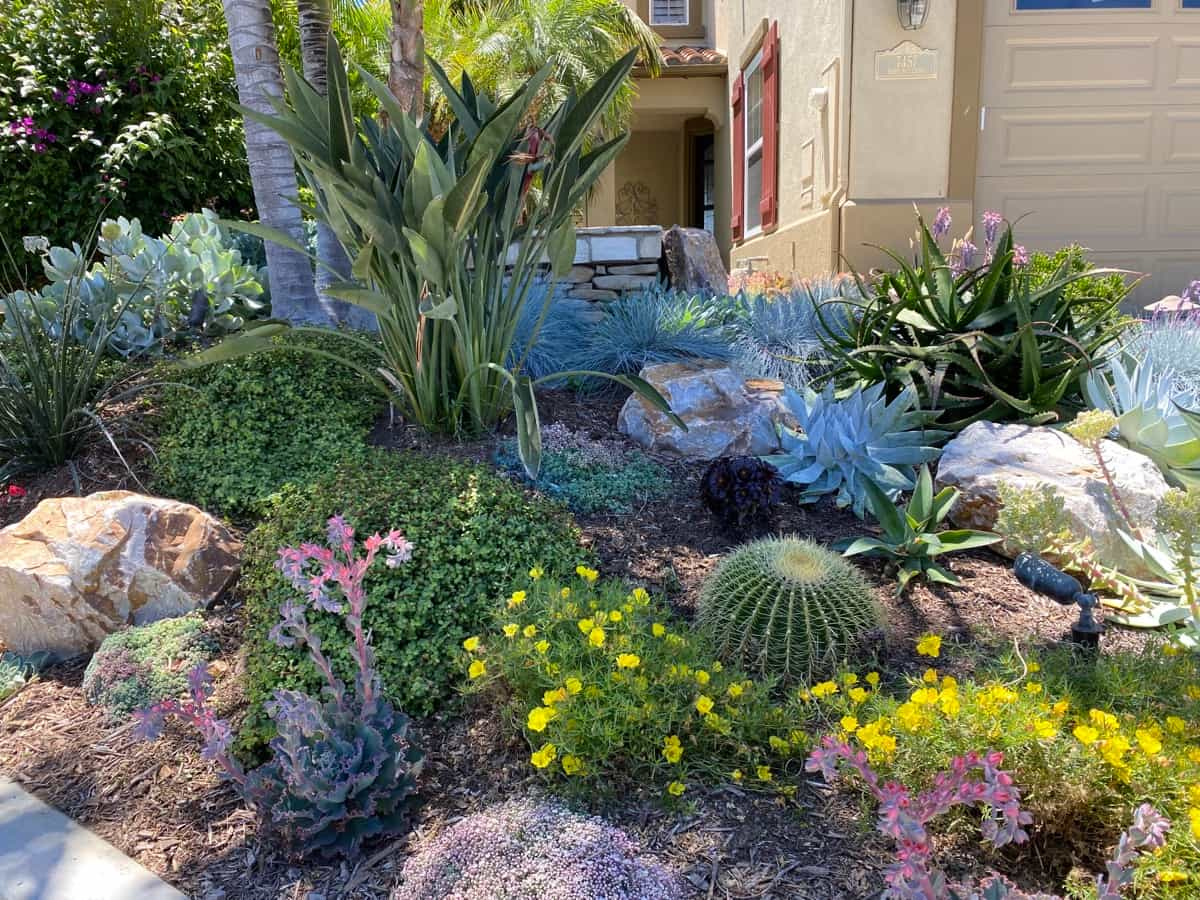Venturing into the gardening world often introduces us to many plants that bring captivating beauty and resilience to our yards. Among these are the best outdoor succulents for California, which have a unique charm and adaptability that make them perfect for the Golden State’s diverse climate. These include the stunning Dudleya, a California native known for its striking aesthetic and adaptability.
The native California cactus and California native agave also hold their own, with their distinctive shapes and sizes that add a sense of allure and intrigue to any garden. These succulents native to Southern California are not only visually appealing but also remarkably hardy, able to thrive in the region’s varied climates. Adding these native plants into a California succulent garden is an excellent way to bring a touch of the state’s natural beauty into your backyard, creating an inviting and vibrant outdoor space.
These plants are unique in conserving water, like camels, by storing it in their leaves, stems, and roots. They can survive and thrive in environments with limited water supply, making them a perfect choice for any garden, even those situated in dry, arid regions. Their vibrant colors and unusual shapes offer a delightful and captivating visual treat, making your garden a welcoming, relaxing space.
Integrating these succulents into your existing garden structure may seem challenging, especially if you’ve been growing conventional plants. But the truth is, the succulents’ resilient nature and versatile growth conditions make them a superb addition to any garden space. These plants can bring an unexpected yet harmonious blend to your garden.
Why Choose California Native Succulents for Your Garden?
California native succulents have a lot to offer to your garden. Their low water requirements make them a perfect choice for water-wise gardeners, bringing about environmental and financial benefits. Their diverse shapes, colors, and sizes add unparalleled aesthetic appeal to your garden. Although they seem specific to conventional plants, such queries have applications in succulent gardening. Understanding where a plant originates from, including the environmental conditions that it thrives in, is crucial for its proper care.
Factors to Consider When Selecting California Native Succulents
Choosing the right succulents for your garden requires careful thought. You must consider sun exposure, soil type, and local climate. For instance, some succulents prefer full sun exposure, while others do best in partial shade. The soil type greatly influences succulent growth, with a preference for well-drained, sandy soil. These factors determine how a succulent will grow, making it crucial for gardeners to pay attention to their plants’ needs.
10 Best California Native Succulents
Dudleya Brittonii (Giant Chalk Dudleya)
Dudleya Brittonii, popularly known as Giant Chalk Dudleya, is native to California and Baja California. This succulent is an eye-catcher, thanks to its rosettes of chalky white leaves. It is ideally suited to full sun and well-drained soil. This plant is drought-tolerant and perfect for water-wise gardens. Its stunning appearance can serve as a beautiful, resilient centerpiece in your garden.
Echeveria Elegans (Mexican Snowball)
The Mexican Snowball, with its rosette of plump, blue-green leaves and pink-tinted tips, is a favorite among succulent lovers. Its elegant appearance adds charm to any garden. This resilient succulent demands little maintenance and minimal watering and flourishes in full sun and partial shade. The Mexican Snowball can also produce beautiful pink flowers, adding to its allure.

Sedum Spathulifolium (Broadleaf Stonecrop)
The Broadleaf Stonecrop is a low-growing succulent with a stunning rosette of silver-gray leaves. This plant is adaptable, drought-tolerant, and can thrive in various soil conditions. In the right conditions, it can also produce small, yellow star-shaped flowers in the right conditions, adding color to your garden.
Graptopetalum Paraguayense (Ghost Plant)
The Ghost Plant is an exceptionally resilient succulent, able to survive in various conditions. The plant’s foliage forms rosette-shaped leaves, exhibiting a color spectrum ranging from light green to deep lavender, influenced by the level of sunlight it receives. This hardy plant can add a unique touch to your garden with its color-changing characteristic.
In case you missed it: 10 Common Problems With Indoor Succulents: How to Fix, Treatment and Solutions

Hesperoyucca Whipplei (Our Lord’s Candle)
Our Lord’s Candle is a succulent, recognized by its dramatic, tall flower spike that grows from a basal rosette of pointed leaves. Its creamy white flowers attract a variety of pollinators, adding visual and ecological value to your garden.
Opuntia Littoralis (Coastal Prickly Pear)
The Coastal Prickly Pear is a hardy plant recognized by its paddle-shaped leaves and striking yellow flowers. It is drought-tolerant and can withstand various soil conditions, making it an adaptable addition to any garden.
Yucca Whipplei (Chaparral Yucca)
The Chaparral Yucca is a stunning addition to any garden. Its tall flower spikes and rosettes of rigid leaves provide an interesting structural element to any garden space. This water-efficient plant thrives in full sunlight, making it a valuable and visually appealing asset for your garden.
Agave Shawii (Coastal Agave)
The Coastal Agave is a slow-growing succulent known for its distinctive rosette form and size, making it a perfect centerpiece. This plant thrives in dry, well-drained soil and prefers full sun. Despite its slow growth, its impressive size and symmetry make it a worthy addition to any garden.
In case you missed it: 10 Simple Tips for Breeding Chickens: Guide to Successful Poultry Reproduction

Aeonium Arboreum (Tree Aeonium)
The Tree Aeonium is known for its unique tree-like structure that adds height and dimension to your garden. Its leaves are deep green, shiny, and arranged in a rosette, contrasting any garden space. It flourishes in well-drained soil and favors full sun to partial shade.
Sedum Spathulifolium ‘Cape Blanco’ (Cape Blanco Stonecrop)
The Cape Blanco Stonecrop is a ground-covering succulent known for its tight rosettes of silvery leaves. It’s low-growing, perfect for creating a stunning silver carpet in your garden. This succulent thrives in well-drained soil and prefers full sun to partial shade.
In case you missed it: What is Succession Planting and How to Succeed with It

Conclusion
Adding California native succulents into your garden brings unique beauty and an element of hardiness and resilience reminiscent of familiar garden favorites. From the large and impressive Coastal Agave to the silvery ground cover of the Cape Blanco Stonecrop, these succulents offer a dazzling array of shapes, colors, and textures. Their ability to thrive in varying conditions in the face of challenges further enhances their appeal.
The connection between these succulents and conventional plants, where each complements the other’s growth and contributes to a richer garden experience, is truly a testament to the harmonious potential of nature. So as you ponder the diverse propagation methods for succulents, remember that the beauty of gardening lies in these fascinating details. Embrace the diversity, enjoy the process, and let your garden be a canvas that displays the enchanting blend of all its inhabitants.
- Feed Your Flock for Less: Top 10 Tips to Save on Chicken Feed
- Ultimate Guide to Ossabaw Island Hog: Breeding, Raising, Diet, and Care
- Hatching Answers: The Top 10 Reasons Your Chickens Aren’t Laying Eggs
- Eggs and Economics: Breaking Down the Cost of Raising Backyard Chickens
- Defend Your Greens: Proven Methods to Keep Iguanas Out of Your Garden
- Ultimate Guide to Cinnamon Queen Chicken: A Comprehensive Guide for Beginners
- Ultimate Guide to California Tan Chicken: Breeding, Raising, Diet, Egg-Production and Care
- Ultimate Guide to Marsh Daisy Chicken: Breeding, Raising, Diet, and Care
- 10 Types of Chicken Farming Businesses You Can Start for Profits